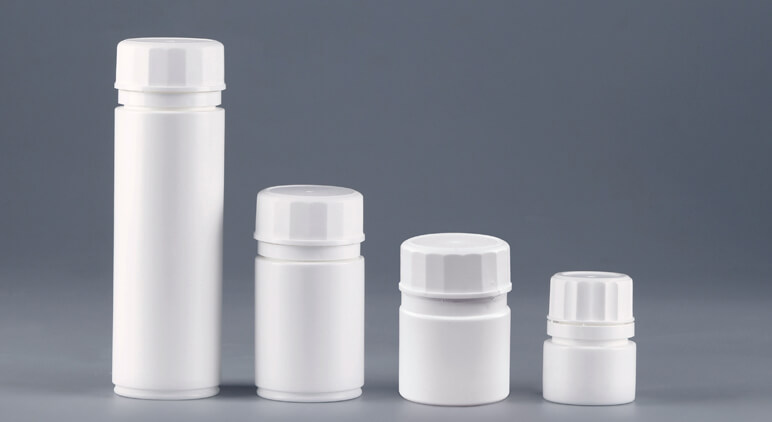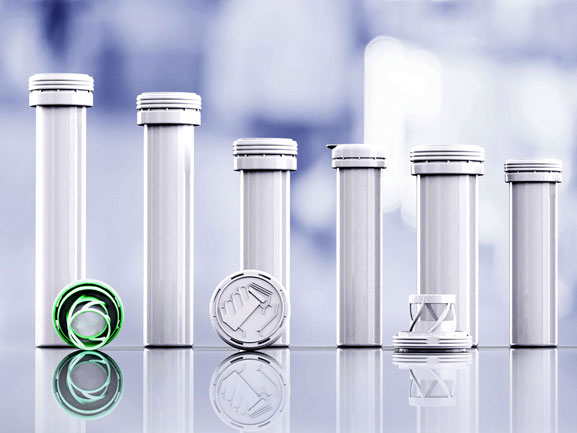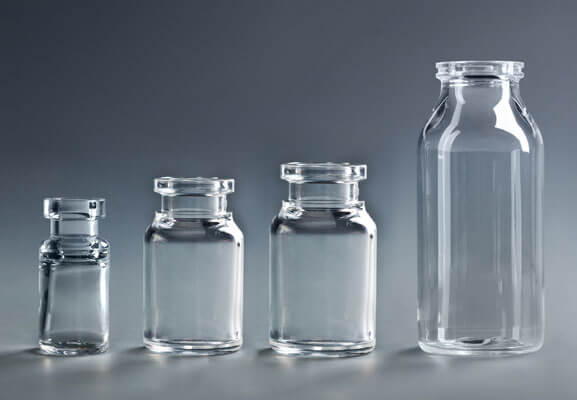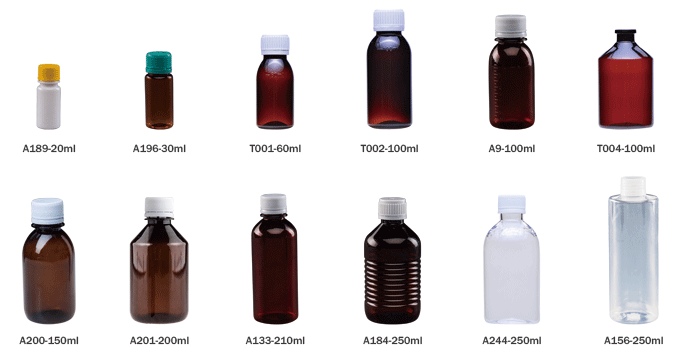The pharmaceutical packaging industry stands at a critical juncture of growth and transformation, driven by advances in technology, stringent regulatory requirements, and evolving consumer demands. As we navigate through the 21st century, the industry is poised to experience significant changes that will shape its future. This blog explores the current landscape, emerging trends, and the prospects of the pharmaceutical packaging industry.
desiccant bottle with silica gel
Current Landscape
Pharmaceutical packaging serves multiple purposes, including protecting drug products, ensuring patient safety, providing information, and facilitating ease of use. The industry's primary segments include:
Primary Packaging: Direct contact with the drug (e.g., bottles, blister packs, vials).
Secondary Packaging: Provides additional protection and grouping (e.g., cartons, boxes).
Tertiary Packaging: Bulk handling and transportation (e.g., pallets, crates).
The industry is regulated by stringent standards to ensure the safety and efficacy of medications. Key regulatory bodies include the FDA (USA), EMA (Europe), and PMDA (Japan), among others.
Emerging Trends
Smart Packaging:
RFID Tags and QR Codes: Enhance traceability and anti-counterfeiting measures.
Sensors: Monitor storage conditions (e.g., temperature, humidity) to ensure drug integrity.
Sustainability:
Eco-friendly Materials: Increased use of biodegradable and recyclable materials to reduce environmental impact.
Lightweight Packaging: Reducing material usage while maintaining protection standards.
Personalized Medicine:
Custom Packaging Solutions: Tailored to individual patient needs and dosages, requiring flexible and adaptable packaging systems.
Automation and AI:
Smart Manufacturing: Incorporation of AI and machine learning to optimize production processes, reduce waste, and ensure consistent quality.
Robotics: Automated packaging lines to improve efficiency and reduce human error.
Market Growth Drivers
Aging Population:
Increased demand for medications to manage chronic diseases prevalent in older populations.
Advancements in Biotechnology:
Rise in complex biologics and biosimilars requiring specialized packaging solutions to maintain stability and efficacy.
Regulatory Compliance:
Ongoing updates to regulatory standards necessitate continuous innovation in packaging solutions to ensure compliance.
Globalization:
Expansion of pharmaceutical markets into emerging economies, driving demand for diverse and adaptable packaging solutions.
Challenges
Cost Management:
Balancing the need for advanced packaging solutions with cost efficiency remains a significant challenge.
Regulatory Hurdles:
Navigating the complex and varying regulations across different regions requires significant resources and expertise.
Counterfeit Drugs:
Ensuring the authenticity of medications through secure packaging to combat the growing threat of counterfeit drugs.
Future Prospects
The future of the pharmaceutical packaging industry looks promising, driven by technological innovations and the growing need for safe and effective drug delivery. Key areas of growth include:
Digital Integration:
Increased use of digital technologies for enhanced traceability, patient engagement, and data analytics.
Biodegradable and Smart Materials:
Development of new materials that combine sustainability with advanced functionalities.
Collaborative Innovations:
Partnerships between pharmaceutical companies, packaging manufacturers, and technology providers to co-create innovative solutions.
Patient-Centric Design:
Focus on packaging that improves patient adherence, convenience, and overall experience.
The journey ahead is one of transformation and opportunity, promising a future where pharmaceutical packaging not only meets the demands of today but also anticipates the needs of tomorrow.




没有评论:
发表评论